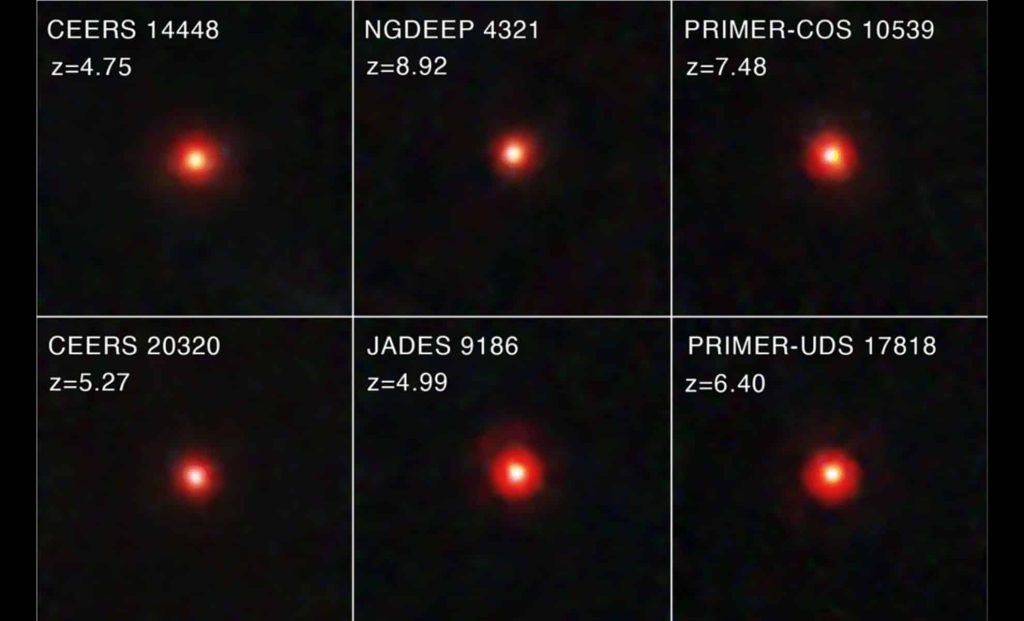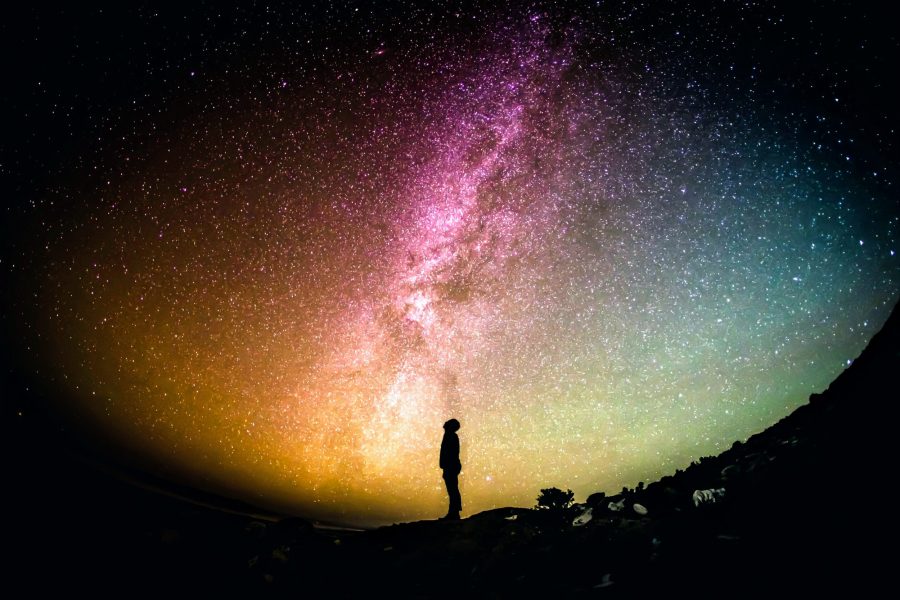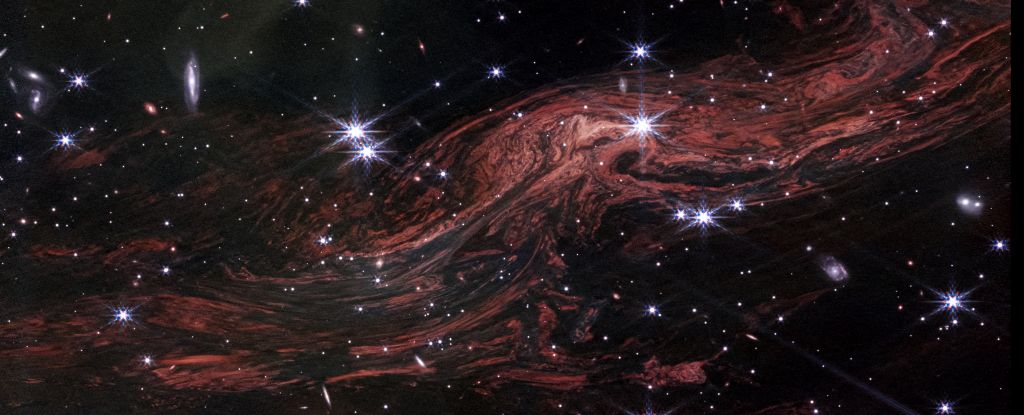Mysterious Red Dots in the Sky May Point to the Birth of the Universe’s First Black Holes – Indian Defence Review

NASA’s James Webb Space Telescope has uncovered mysterious “little red dots” scattered across the early universe. Could these enigmatic objects, likely harboring growing black holes, hold the key to understanding the infancy of the cosmos? Astronomers are racing to uncover their secrets.Astronomers have uncovered a mysterious population of celestial objects in the early universe, nicknamed “little red dots” (LRDs), through the groundbreaking observations of NASA’s James Webb Space Telescope (JWST). These enigmatic, small, red-hued sources of light, first identified in 2022, may represent growing supermassive black holes nestled within ancient galaxies. This discovery, published in The Astrophysical Journal, has significant implications for understanding the universe’s infancy and the formation of its first black holes.“We’re confounded by this new population of objects that Webb has found,” said Dale Kocevski of Colby College, lead author of the study. “There’s a substantial amount of work being done to try to determine the nature of these little red dots and whether their light is dominated by accreting black holes.”Shortly after JWST began its science operations, astronomers identified the LRDs as scattered red objects in multiple deep space surveys, including the Cosmic Evolution Early Release Science (CEERS) program, the JWST Advanced Deep Extragalactic Survey (JADES), and the Next Generation Deep Extragalactic Exploratory Public (NGDEEP) survey. Most of these objects are believed to have formed within the first 1.5 billion years after the Big Bang.The LRDs are abundant yet puzzling, as similar objects have not been observed at later cosmic epochs. “These really red, high-redshift sources basically stop existing at a certain point after the Big Bang,” explained Steven Finkelstein, a co-author from the University of Texas at Austin. This distribution hints at a unique phenomenon tied to the early growth of black holes.Key findings about LRDs include:The discovery of LRDs has forced scientists to reconsider long-standing theories about cosmic evolution. Initially, some feared these objects could challenge cosmological models. If the light emitted by LRDs was primarily from stars, it would suggest that galaxies grew much faster than previously thought, potentially “breaking” existing theories.However, this study found that much of the light emitted by LRDs is likely from accreting black holes rather than stars, which aligns with existing models of galaxy formation. “This is how you solve the universe-breaking problem,” said Anthony Taylor, another co-author from the University of Texas. By attributing the light to black hole activity, the researchers avoided a fundamental conflict with cosmological predictions.Despite progress, many aspects of LRDs remain shrouded in mystery. Their lack of X-ray emissions, typically a key feature of black holes, complicates their classification. Scientists theorize that this anomaly could be explained by high-density gas clouds surrounding the black holes, trapping X-rays and reducing their observable intensity. Additionally, the process by which LRDs transition from red to blue as they age—likely due to inside-out star formation—is an area of active investigation.To further probe their origins, researchers are leveraging:“There’s always two or more potential ways to explain the confounding properties of little red dots,” Kocevski said. “It’s a continuous exchange between models and observations.”The discovery of LRDs underscores the transformative power of the James Webb Space Telescope. With its unprecedented sensitivity to infrared light, JWST is uncovering objects and phenomena that previous telescopes, such as Hubble, could not detect. This breakthrough is only the beginning of what astronomers expect to be a new era in understanding the universe’s origins.“We’re entering an exciting era where we can study these enigmatic objects in incredible detail,” said Kocevski. Future efforts will involve deeper spectroscopy and follow-up observations to unravel the mysteries of LRDs and their role in cosmic evolution. JWST’s ongoing mission promises to reveal not only the nature of LRDs but also the secrets of black hole formation and growth in the universe’s earliest days.Got a reaction? Share your thoughts in the commentsEnjoyed this article? Subscribe to our free Newsletter for engaging stories, exclusive content, and the latest newsComment Save my name, email, and website in this browser for the next time I comment.
© 2024 | Indian Defence Review | All rights reserved
Source: https://indiandefencereview.com/mysterious-red-dots-birth-black-holes/






